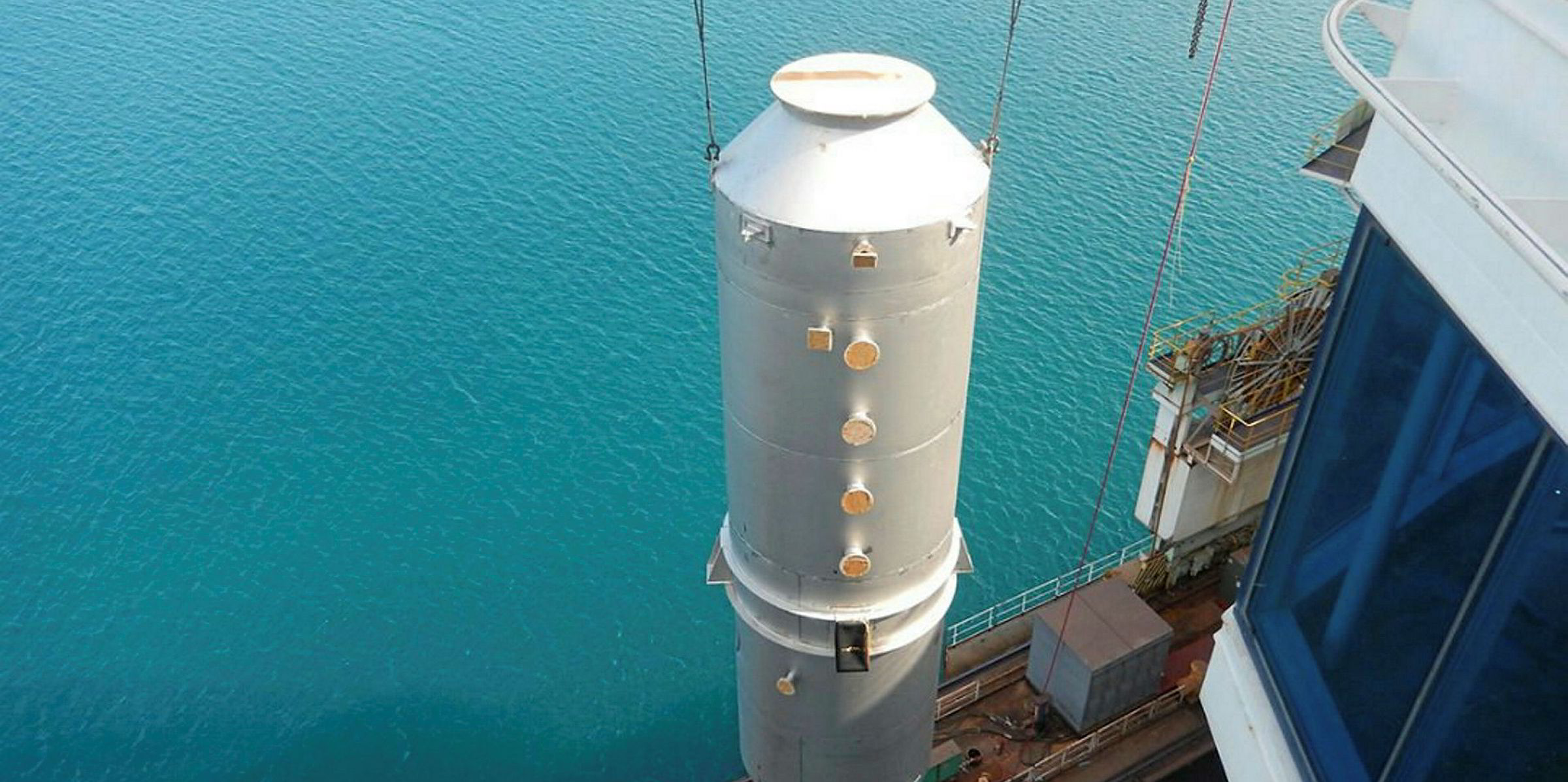Braemar ACM expects that scrubber adoption among the global will see a ten-fold increase from current levels by 2022.
“We expect scrubber adoption to accelerate in the second half of 2019, peaking in 2020/2021,” the shipbroker said in a recent report.
“By 2022 we expect about 3,600 vessels to be installed with scrubbers in addition to the roughly 360 vessels today.”
Braemar ACM says those ships most likely to fit scrubbers will be in the larger sizes within the bulker and tanker sectors.
VLCCs and suezmaxes have the most incentive incentive to fit a scrubber, while the same could be said of those bulkers of panama or above.
The shipbroker also sees high take up among containerships, ro-ros, PCTCs of panamax size and larger and smaller ships trading primarily in the ECAs.
“The larger vessel types are likely to have a quicker payback due to higher ratio of steaming days to non-steaming days, and higher fuel consumption,” says Anoop Singh, regional head - tanker research (East of Suez) at Braemar ACM.
“These vessels would also carry a lower HSFO availability risk as they would typically bunker at the major ports where suppliers are more likely to stock multiple fuel types.”
Braemar believes that of the newbuilds within these categories delivering in 2019 around 50% are likely to be scrubber fitted with the ratio rising to 75% for those delivering in 2020 and 2021.
This percentage then decreases to 60% in 2022 on a narrowing spread between HSFO and compliant fuels.
However, Braemar says the economics of installing scrubbers on new buildings are likely to remain favourable for longer.
In terms of the bunker mix post 2020, Braemar says that the “jury is still out” on what cocktail of fuels will replace heavy sulphur fuel oil in bunkers when the 0.5% sulphur regulations kick in post-2020
However, its base case is for MGO to initially account for 60% of demand, 15% compliant blends with HSFO making up the balance of 25%.
“By 2022, we expect the share of compliant blends to rise to 55%, helped by standard specifications and growing user comfort,” said Singh.
“We expect the proportion of residual fuel oil used in blends to increase to about 40%, which would also give these fuels a significant cost advantage over MGO.”




